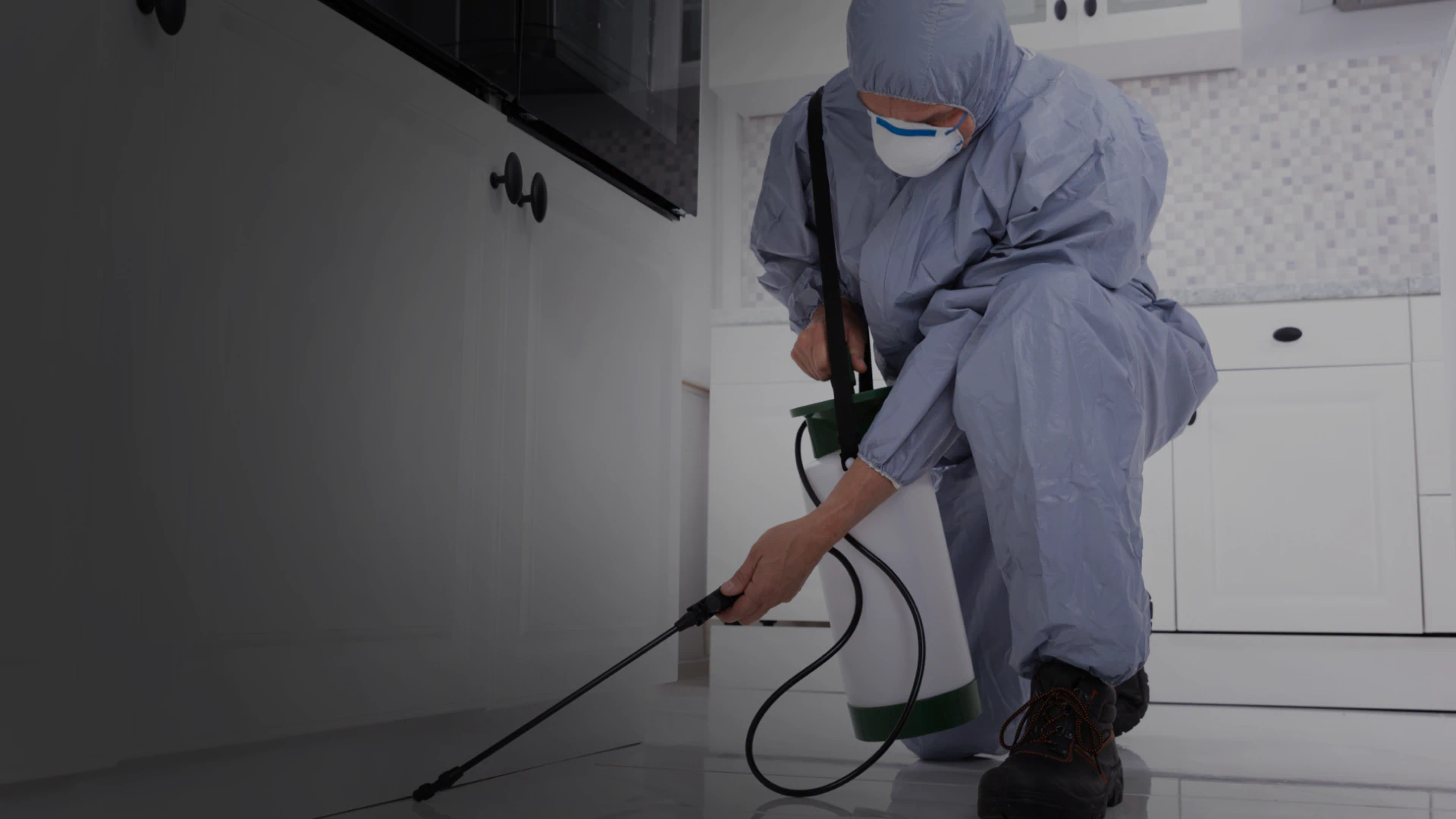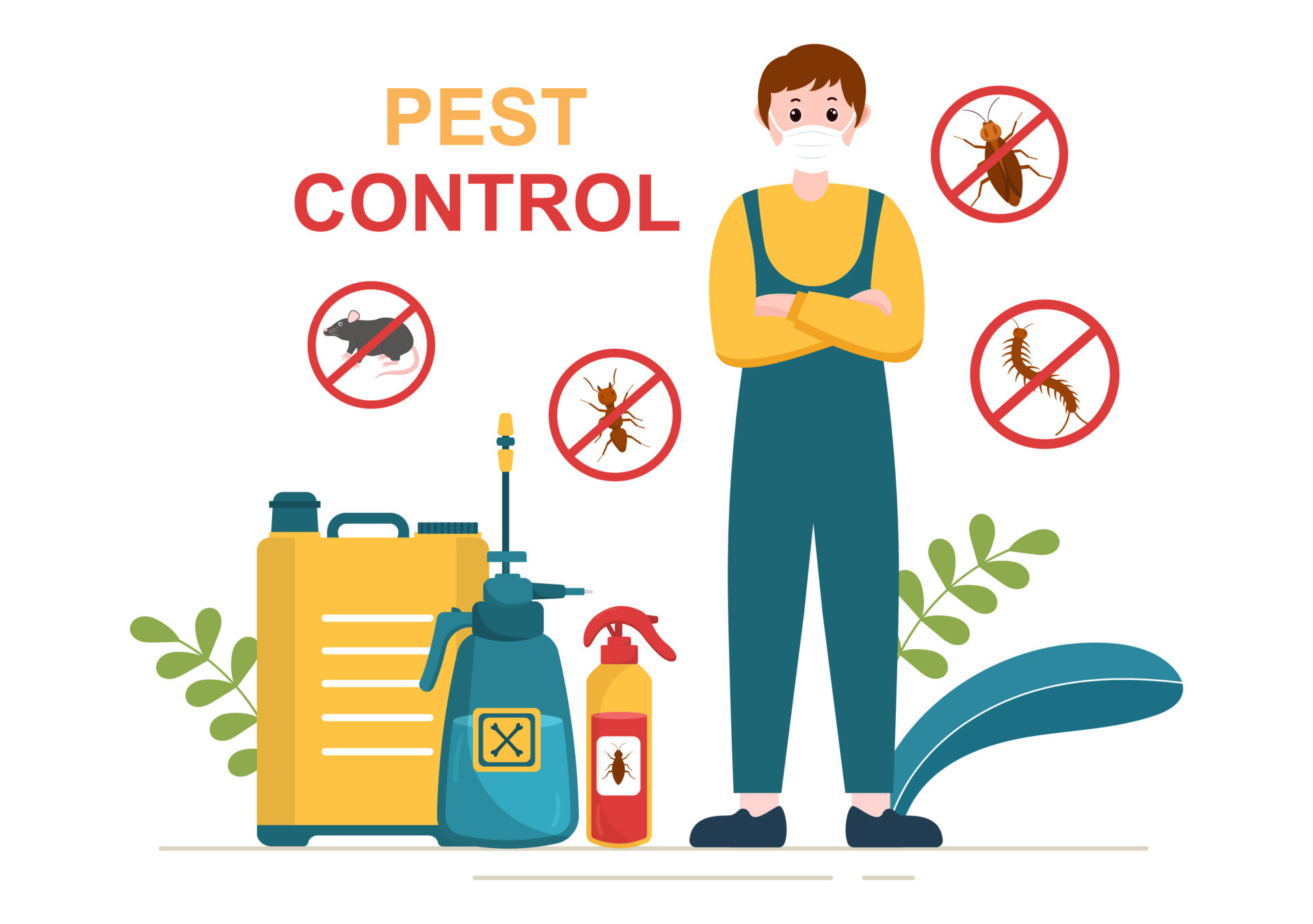Comprehensive Pest Control Services: Maintain Your Home Pest-Free!
Comprehensive Pest Control Services: Maintain Your Home Pest-Free!
Blog Article
Professional Pest Control Techniques for Long-Term Results
Specialist parasite control methods envelop an extensive method that starts with a complete examination and assessment, followed by accurate insect identification to comprehend their habits patterns. The execution of Integrated Parasite Management (IPM) principles, coupled with eco-conscious treatments, forms the keystone of lasting parasite eradication.
Inspection and Assessment
Upon entering a building for insect control solutions, the preliminary step is a complete assessment and evaluation to determine the degree of the invasion and determine the most reliable treatment plan. Specialist parasite control specialists are trained to meticulously analyze the properties, seeking indicators of bug activity such as droppings, nibble marks, nests, or any architectural damages. They will also evaluate the conditions that might be attracting parasites, such as food resources, water leakages, or entrance points.

Parasite Recognition and Behavior

Moreover, understanding the actions of the identified insect is essential to executing efficient control steps. For example, recognizing where pests nest, what they prey on, and their task patterns can aid pest control experts create techniques to eliminate them efficiently. Some insects may be nocturnal, while others are much more active throughout the day. This understanding permits for the application of therapies at ideal times for maximum performance.
Integrated Pest Administration (IPM)
Integrated Pest Management (IPM) approaches integrate numerous methods to regulate and avoid parasite invasions in a lasting and ecologically friendly way. exterminator. By incorporating approaches such as biological control, environment adjustment, modification of social practices, and using resistant ranges, IPM intends to minimize making use of chemical pesticides
Among the key principles of IPM is the focus on avoidance. This proactive technique entails monitoring bug populaces routinely to find any potential problems prior to they rise. By identifying insect issues early on, pest control procedures can be applied promptly and effectively.
Additionally, IPM promotes using safe bug control approaches whenever feasible. This can consist of employing natural predators of the parasites, introducing valuable pests, or using pheromones to disrupt mating patterns. By reducing reliance on chemical pesticides, IPM not only safeguards the atmosphere however likewise assists preserve a balance in the environment.
Environmentally-Friendly Treatments
Carrying out eco-conscious methods in bug control procedures can properly address infestations while prioritizing environmental sustainability. Environmentally-friendly treatments concentrate on lessening the effect of parasite control approaches on ecosystems, non-target microorganisms, and human wellness. These approaches commonly include the usage of all-natural killers, such as ladybugs or nematodes, to regulate pest populations, decreasing the need for chemical interventions. In addition, methods like habitat manipulation, such as readjusting dampness degrees or eliminating food sources, can aid prevent insects without using harmful materials.
An additional key facet of environmentally-friendly treatments is making use of organic and biodegradable items that Bonuses break down swiftly without leaving damaging deposits in the atmosphere. Agricultural insecticides acquired from plants like chrysanthemums or neem supply reliable insect control while posturing minimal danger to non-target species. Moreover, using techniques like warmth treatments or scent traps can target certain pests with precision, lowering the overall environmental influence of pest control methods.
Ongoing Tracking and Upkeep
Continuous monitoring and upkeep are necessary parts of reliable pest control management. Continuous tracking plays a critical role in ensuring that insect invasions are identified early and managed quickly. Normal examinations by experienced professionals are needed to identify any kind of indications of bug task, examine the performance of previous therapies, and check it out make modifications to the bug control plan as needed. By keeping track of bug populaces gradually, insect control professionals can track trends, anticipate possible concerns, and carry out safety nets to decrease the threat of future invasions.
In addition to surveillance, upkeep practices are important for lasting pest control success. This includes executing appropriate hygiene steps to get rid of possible food and water sources for insects, securing off access points to protect against insects from going into the properties, and addressing termidor any structural problems that can promote pest infestations (pest control). By incorporating ongoing monitoring and maintenance into an integrated insect administration method, organizations can make certain a pest-free setting and protect their building versus pricey damages and wellness threats
Verdict
To conclude, using expert pest control strategies such as complete inspection and analysis, exact bug recognition and understanding of their habits, integrated pest monitoring approaches, environmentally-friendly therapies, and continuous tracking and maintenance are essential for attaining lasting lead to insect control. By implementing these approaches, people can successfully manage parasite invasions and preserve a pest-free atmosphere in a sustainable fashion.
Report this page